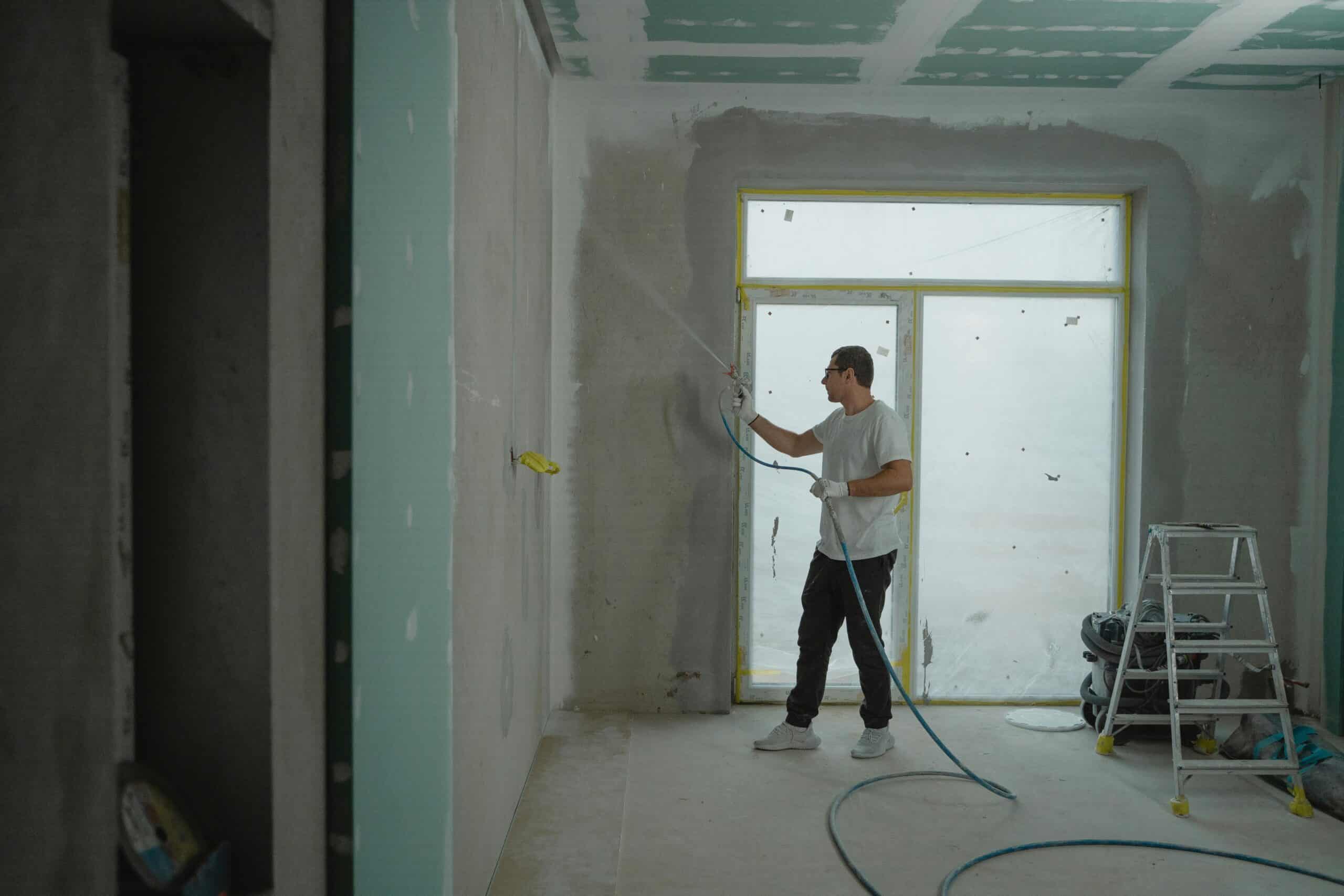Sheetrock and drywall are sometimes used interchangeably to refer to the same thing. So, when referring to a wall, which term (Sheetrock or drywall) should you use, and is there a difference? Read on to find out.
What is Drywall?
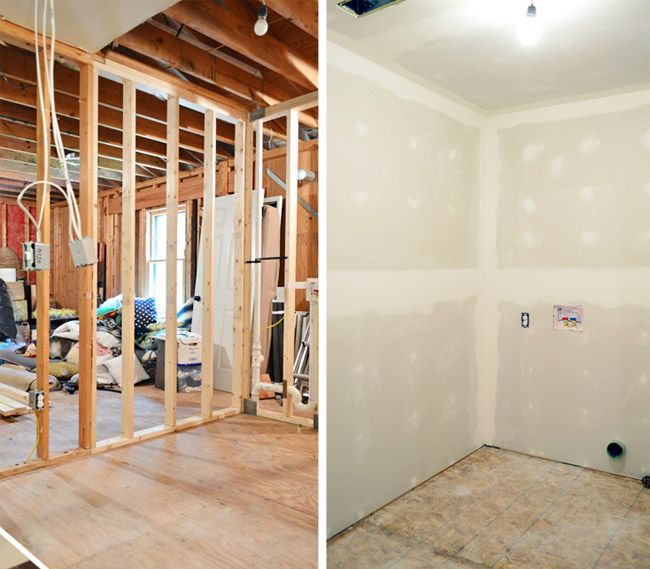
Image Source: pinterest.com
Drywall is a substance consisting of calcium sulfate dihydrate that, without delving into too much chemistry, is utilized in the majority of walls in the United States. Currently, the walls around you are comprised of drywall.
A drywall is a gypsum plaster pressed in between thick sheets of paper or fiberglass mats. Apart from the wall, you will find drywall on the ceiling joists.
Drywall is also commonly known as wallboard, gypsum plaster, plasterboard, gypsum board, and Sheetrock.
So, what exactly is Sheetrock, and is it the same as drywall?
What is Sheetrock?
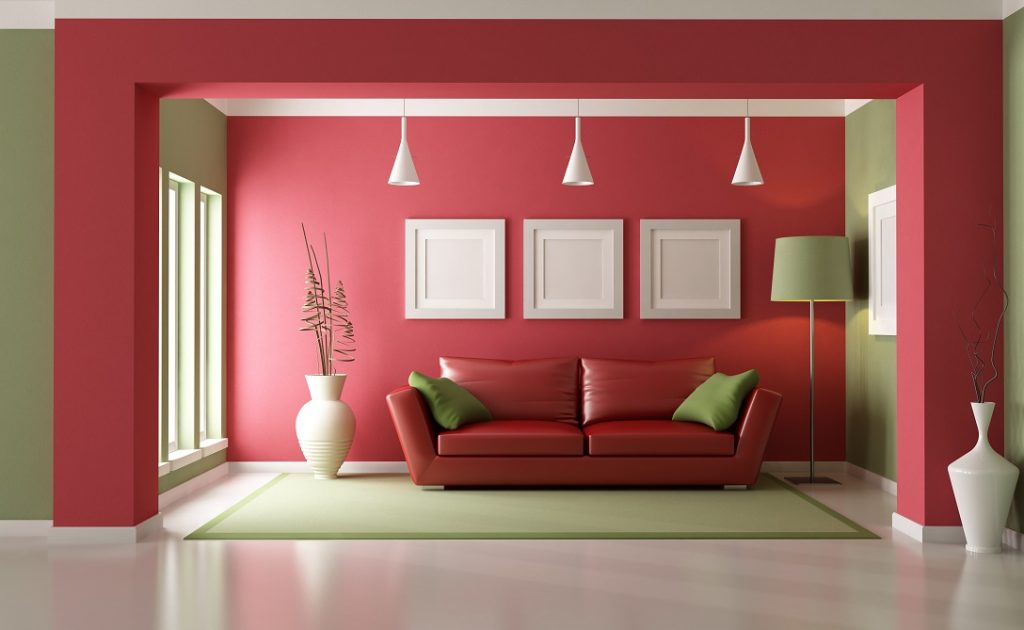
Image Source: indigopaints.com
Sheetrock is a drywall brand and a registered trademark of a US-based gypsum manufacturer. Not all drywall is Sheetrock; there are various types of drywall. However, a proprietary Sheetrock formula is one of the features that distinguishes the brand in the market. Another reason Sheetrock is popular is because it does not emit sulfur fumes that might endanger human health.
Since Sheetrock is just a brand of drywall, different types of drywall could fall under that brand or any other. So what are the types of drywall, and how is it made?
Types of Drywall
There are six major varieties of drywall.
1) Regular Drywall
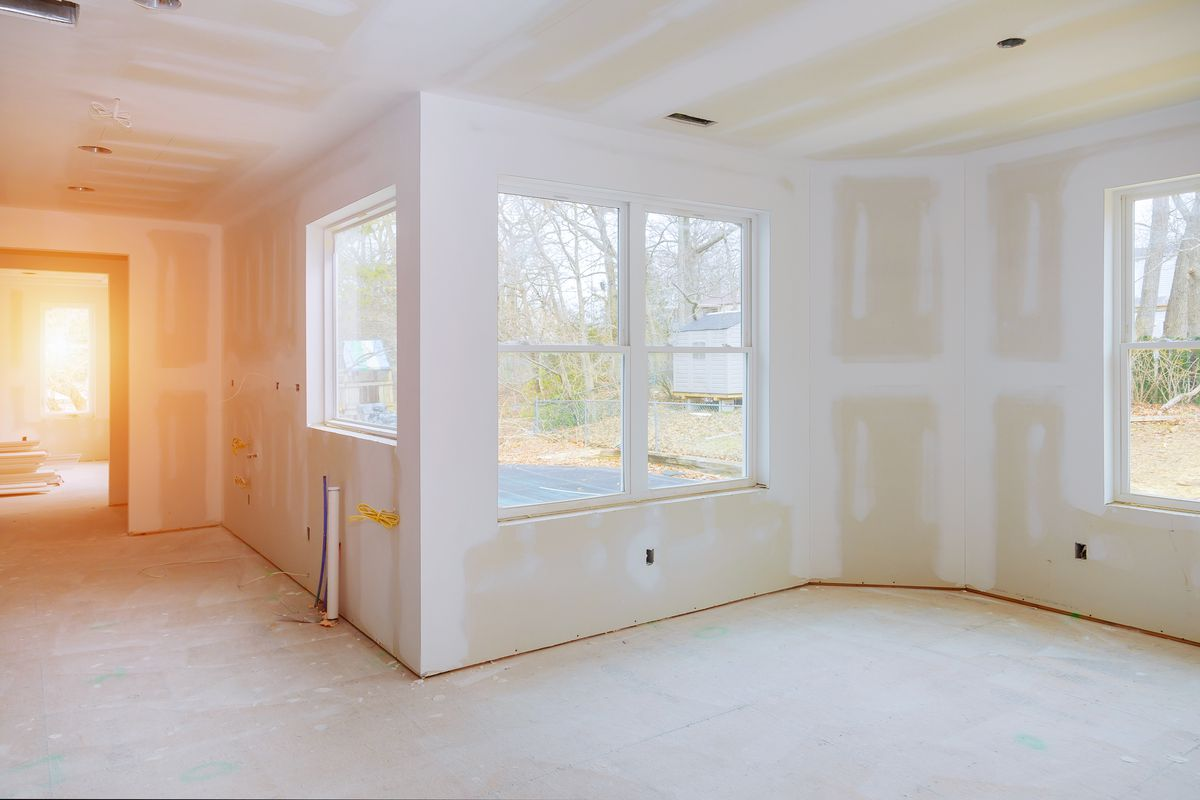
Image Source: thisoldhouse.com
Regular drywall is called such since it is the most popular option on the market. Most builders will use ordinary drywall for home building. When compared to other construction materials, drywall is less expensive and easier to utilize.
Drywall, sometimes known as whiteboard, is a material that may be used to build walls and ceilings. Drywall is typically half an inch thick, and most walls are made up of two sheets, one on each side.
2) Plaster wall
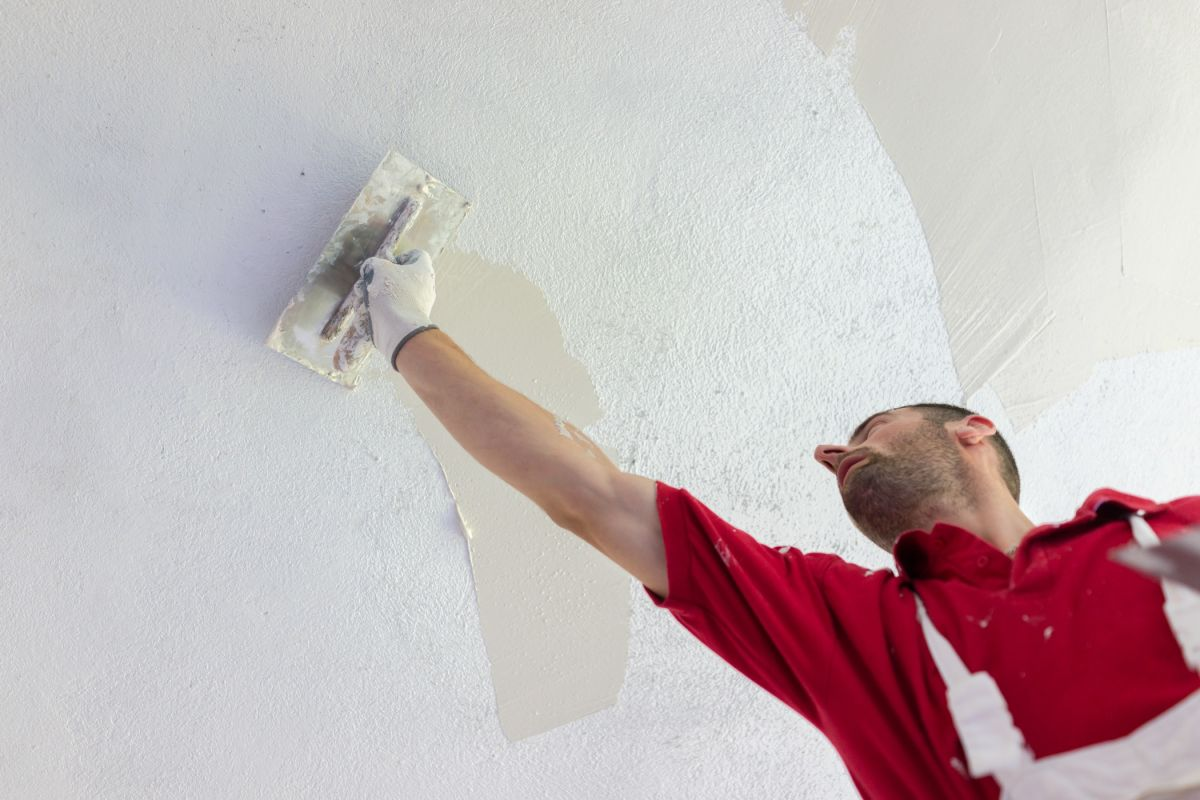
Image Source: realhomes.com
If you want to get a plaster effect, this is the drywall you use. The drywall is also known as the blueboard. A thin coat of plaster is spread to the whole surface of the board. Plaster wall surfaces are absorptive, and plaster adheres to them more effectively than other forms of drywall do.
3) Mold-Resistant Drywall
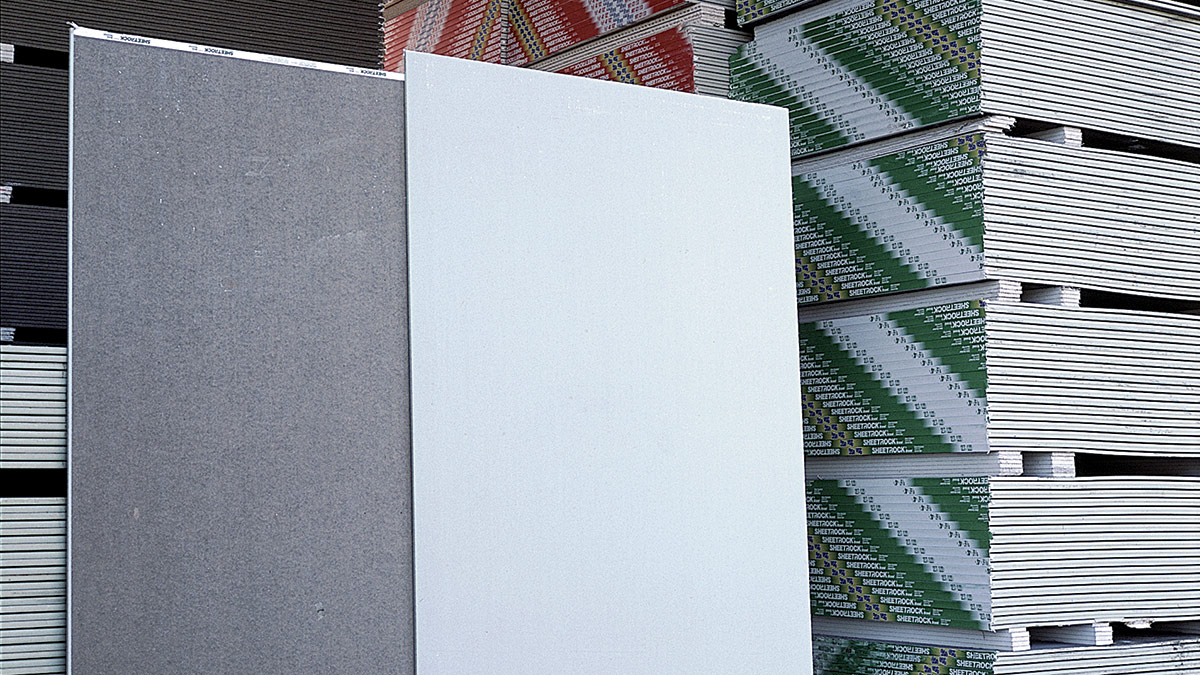
Image Source: finehomebuilding.com
Mold-resistant drywall, often known as green wall, is comprised of thick sheets with a wax covering that protects it from wetness. Water-resistant drywall is ideal for usage in bathrooms and laundry rooms. While there are methods for removing mold from walls, avoiding them entirely is preferable.
The fiberglass is an important component of mold-resistant drywall since it is non-organic and so prevents mold formation. Mold-resistant drywall is often known as “paperless drywall.”
People always confuse mold-resistant walls with moisture-resistant drywall. But, unfortunately, these two are not at all similar.
4) Soundproof Drywall
Installing a soundproof wall means I will get a good night’s sleep. The acoustic drywall boards will also ensure whatever happens in the bedroom stays there.

Image Source: forbes.com
Soundproof drywall is made of wood fibers, polymers, and gypsum plaster to keep the room quiet. However, it is more difficult to install than other drywall materials due to its thickness. Professionals who are experienced with drywall installation should not be discouraged from using it.
5) VOC-Absorbing Drywall
The VOC drywalls are some of the most interesting options you will find in the market because of how they work. The walls absorb harsh and harmful chemicals, trap them within them, and make them inert.
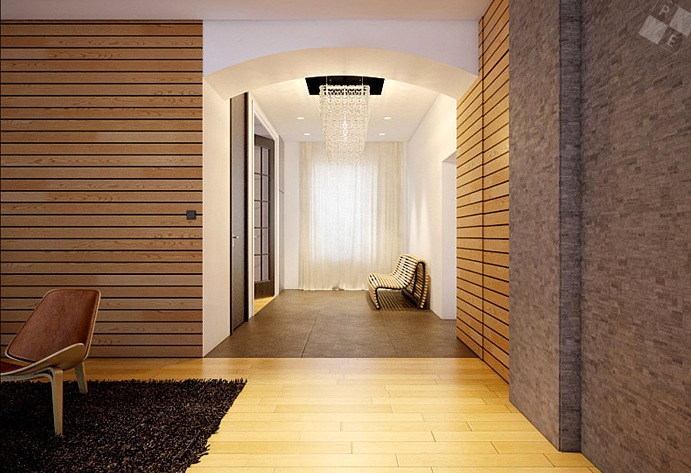
Image Source: home-designing.com
The remarkable thing about these walls is that they operate even after being painted over and can survive up to a half-century.
The walls can absorb everyday cleaning materials as well as toxins from nearby buildings.
6) Fire-Resistant Drywall
Fire is always a threat to any home. Fortunately, fire-resistant panels can keep the house safe until the fire service responds to a situation. The thickness of the drywall and the materials used to construct the wall have a significant impact on its fire resistance. For example, the wall was built using Fiberglas, which burns slower than normal gypsum.

Image Source: nytimes.com
There are two types of fire-resistant panels. One is type X, which takes up to an hour to burn up, while the other is type C, which does not shrink. When used on the ceiling, the sag-resistant drywall stays put whenever there is a fire to prevent the ceiling from collapsing.
Advantages and Disadvantages of Drywall and Sheetrock

Image Source: nytimes.com
Given that drywall and Sheetrock are synonymous, let us examine the benefits and drawbacks of adopting the most prevalent wall material in the United States.
Advantages of Drywall
a) Affordable and Accessible
Gypsum companies are more common than other materials. This is because drywall panels are simpler to come by in warehouses. The accessibility raises the level of competition, resulting in higher-quality materials on the market.
The availability of the material makes the prices competitive, too, making the material affordable to most people. Furthermore, Sheetrock is affordable to many while having the highest quality materials compared to other generic brand drywall options.
b) Fire Resistant
Since the advent of drywall, the frequency of home fires has significantly declined over time. Drywall is one of the most commonly used building material for walls, and we can attribute the reduction of fire cases to the material.
The fire resistance is not only impressive but also lifesaving.
c) Easy Repair
Following the construction of a wall, maintenance might be costly. Luckily, drywall is simple to maintain and repair in the event of damage. As a result, the cost of drywall is reasonable, making repairs worthwhile.
d) Insulation
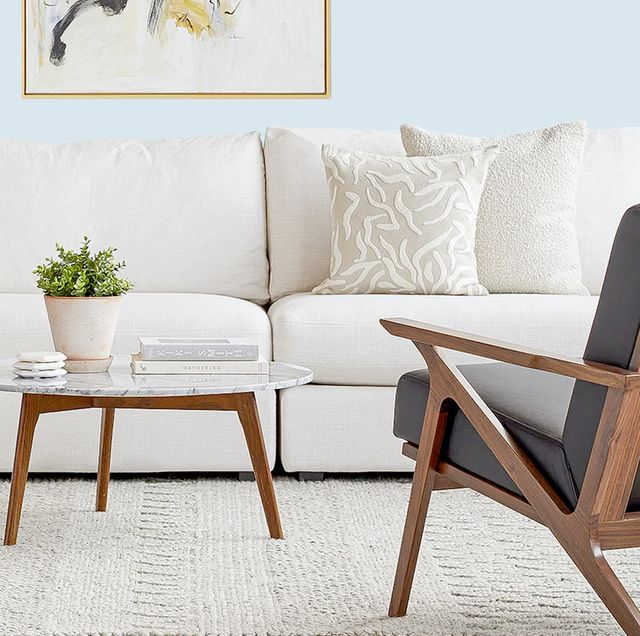
Image Source: esquire.com
Temperature and noise insulation are important considerations when building a home’s interior walls. Fortunately, drywall and Sheetrock come in a variety of thicknesses, providing numerous alternatives for insulating a space. Unlike drywall, most materials do not provide insulation unless combined with additional materials such as fiberglass or mineral wool.
e) Waterproof Options
Drywall has options with oil-based additives that offer moisture resistance, making it easier to use in bathrooms or laundry rooms. Other materials are not as helpful in such situations without involving an expensive approach.
f) Easy Installation
In comparison to other materials, drywall is very simple to install. The technique might be as simple as nailing the boards to the wall studs or the ceiling joists. In addition, drywall screws are available for usage, making it simple to do it yourself.
g) Variety
There are a lot of options offered by drywall, especially the Sheetrock brand. The options include different sizes, thicknesses, and water and fire resistance functions. No other material comes close to drywall in terms of variety.
Disadvantages of Drywall
i) Sulfur Gases
Drywall imports from other nations, as well as many generic drywall brands, generate sulfur fumes, which are harmful to human health and cause metal corrosion.
ii) Messy Installation
Drywall is messy when getting installed, and it is often the case that workers waste most of the material while cutting it up.
Frequently Asked Questions About Drywalls
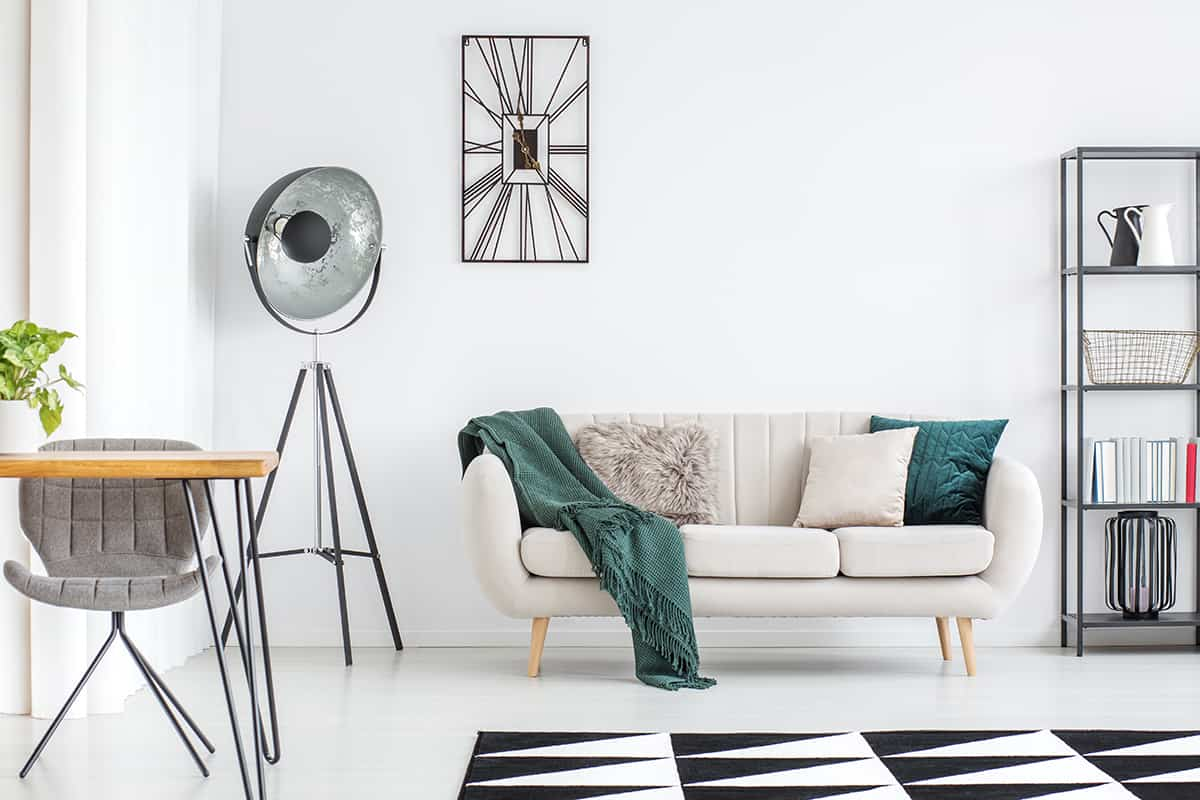
Image Source: homenish.com
a) How is drywall made?
Drywall is constructed of gypsum, which is a popular building material utilized in a wide range of construction projects. Gypsum is combined with crystalline water and chemicals to create drywall.
Paper pulp, water, starch, and a thickening agent are among the materials used with gypsum to manufacture drywall. A piece of manila paper is placed on top of the mixture and heated in an oven at 500 degrees Fahrenheit. Once the material has dried, it may be cut into construction-ready forms and transported.
b) Does drywall thickness matter?
Drywall has a lot of uses, and thickness is a huge factor when picking drywall to use on different projects. For instance, thin drywall would work better on a curved wall, while thick drywall is likely to break if forcefully curved.
On the other hand, thick drywall is useful when soundproofing a room. Thick and soundproof drywall will protect not only a room from outside noises but from fires too. A fire-resistant drywall can keep the fire out for thirty minutes to an hour.
Regular drywall is used for interior walls that do not require considerable fire protection or sound control.
Final Thoughts

Image Source: weknowboise.com
Building codes in different states allow for a wide variety of building materials. However, drywall continues to win by a large margin, maintaining its position at the top of the game.
